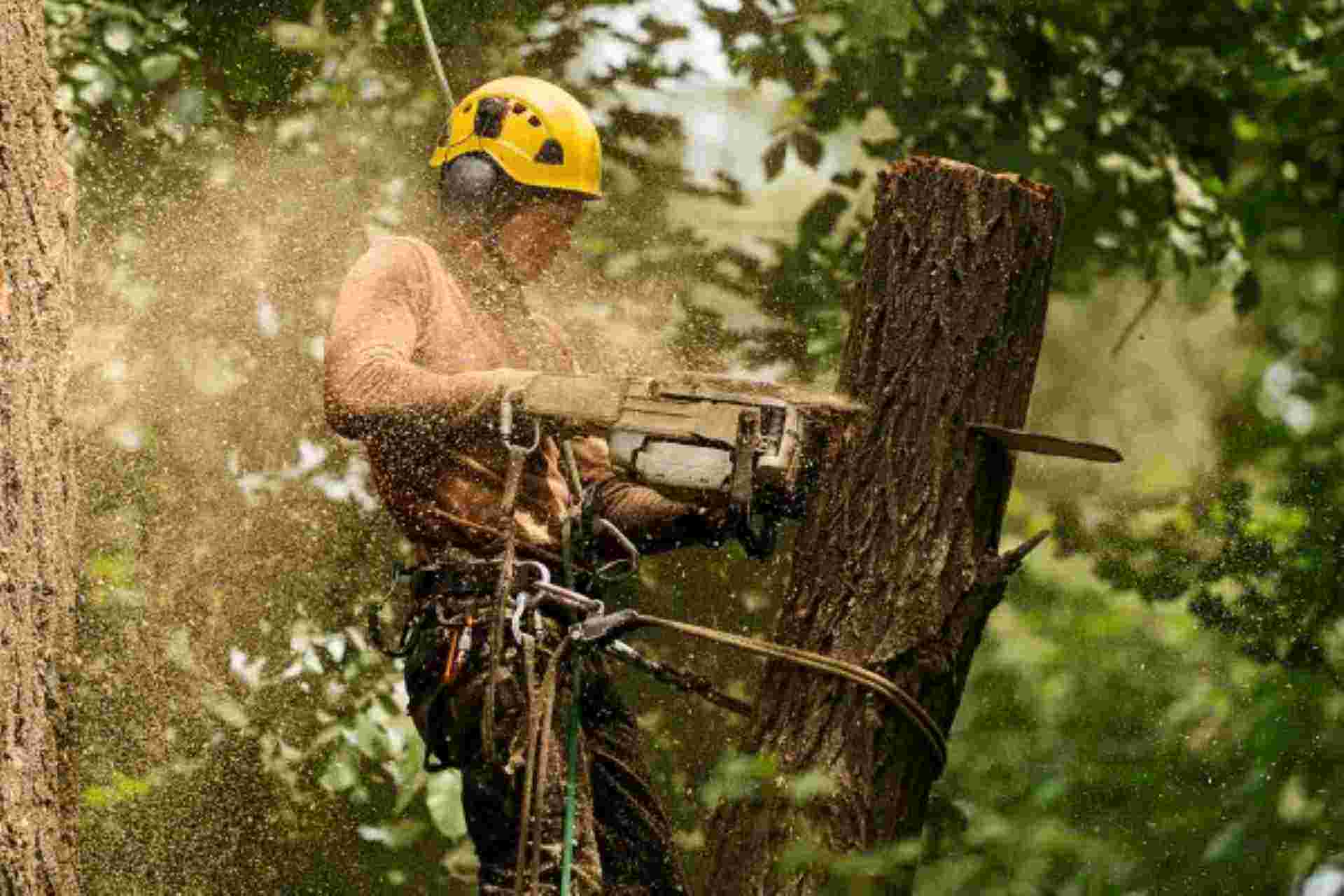Trees do more than just stand around looking pretty—they're vital for a healthy environment, a beautiful landscape, and even your home's value. But like any living thing, trees need care, attention, and the occasional check-up. That’s where professional tree care services come in. Whether you’re trying to keep a young sapling healthy or manage a yard full of mature giants, this guide is packed with everything you need to know.
What Are Tree Care Services?
Overview and Definition
Tree care services are specialized tasks performed to ensure the health, safety, and longevity of trees. They include a range of services from pruning and fertilization to pest control and emergency care.
Difference Between Tree Care and Tree Removal
Tree care is all about preservation, while tree removal is a last resort when a tree becomes a danger or dies.
Why Tree Care Services Matter
Environmental Benefits
Healthy trees purify the air, conserve water, and combat climate change by absorbing CO₂.
Property Value and Curb Appeal
Well-maintained trees boost home value and make your yard look amazing.
Safety and Risk Reduction
Proper care reduces the risk of falling limbs or tree failure during storms.
Types of Tree Care Services
Tree Pruning and Trimming
Removes dead, diseased, or dangerous branches to improve structure and health.
Tree Fertilization and Soil Management
Ensures the tree gets the nutrients it needs for strong growth.
Pest and Disease Control
Identifies and treats issues before they spread or kill the tree.
Tree Planting and Transplanting
Helps trees grow in the right place with proper technique.
Cabling and Bracing
Supports weak branches and trunks to prevent failure.
Tree Risk Assessment
Evaluates potential hazards and recommends solutions.
Routine Tree Maintenance
Seasonal Tree Care Tips
-
Spring: Inspect for winter damage and prune
-
Summer: Monitor watering and pest activity
-
Fall: Mulch and prep for winter
-
Winter: Protect roots and avoid salt damage
When and How Often to Prune
Every 1–3 years depending on species, age, and condition.
Watering and Mulching Best Practices
Water deeply, not frequently. Use organic mulch to retain moisture and suppress weeds.
Tree Health Diagnosis
Signs of a Sick Tree
-
Wilting or discolored leaves
-
Cracks in the trunk
-
Dead branches
-
Fungal growth or pests
Tools and Techniques for Tree Diagnosis
-
Resistograph drilling
-
Soil testing
-
Visual inspections
-
Aerial drone imagery
Role of a Certified Arborist
These pros have the training and certification to diagnose, treat, and care for trees properly.
Emergency Tree Care
Storm Damage Response
Broken limbs? Split trunks? Immediate care prevents more damage.
Removing Hazardous Limbs
Cutting down dangerous branches before they fall.
Preventive Maintenance Before Bad Weather
Pruning and bracing to prevent storm damage.
Choosing the Right Tree Care Company
What to Look For
-
ISA Certification
-
Insurance and licensing
-
Good reviews and referrals
Questions to Ask
-
What’s your experience with this tree type?
-
Are your arborists certified?
-
What’s your emergency response time?
Certifications That Matter
Look for ISA (International Society of Arboriculture) certified arborists.
DIY Tree Care vs. Professional Services
What You Can Safely Do Yourself
-
Mulching
-
Basic watering
-
Small branch pruning (under 2 inches)
When to Call the Pros
-
Tall trees
-
Disease diagnosis
-
Any work near power lines
Risks of Improper Tree Care
DIY pruning can injure trees, create hazards, or even violate local laws.
Cost of Tree Care Services
Average Pricing Breakdown
-
Pruning: $200–$800
-
Fertilization: $100–$300
-
Pest control: $75–$200
-
Risk assessment: $100–$250
Factors That Influence Cost
-
Tree size and species
-
Location/accessibility
-
Service type
-
Time of year
Budgeting for Annual Maintenance
Expect to spend $300–$1,000 per year on full-service tree care.
Sustainable Tree Care Practices
Eco-Friendly Fertilizers and Treatments
Organic products nourish trees without harming the environment.
Water Conservation Methods
Drip irrigation and mulching reduce waste.
Composting and Recycling Tree Waste
Turn tree waste into useful mulch or compost.
How Trees Benefit Your Property and Lifestyle
Shade and Energy Savings
Trees cool your home, reducing AC costs.
Wildlife Support and Habitat
Birds, squirrels, and pollinators love healthy trees.
Peace, Privacy, and Aesthetics
Trees offer quiet, shade, and privacy like a natural fence.
Legal Considerations in Tree Care
Tree Laws and Neighbor Disputes
Understand your rights when branches or roots cross property lines.
Permits and City Regulations
Some cities require permits for pruning or removing certain trees.
Tree Care Tips for Different Tree Types
Caring for Fruit Trees
Needs regular pruning, pest control, and soil testing.
Evergreen vs. Deciduous Maintenance
Evergreens need less pruning; deciduous trees drop leaves and need more cleanup.
Native vs. Non-native Species
Native trees are easier to maintain and more resilient.
Future of Tree Care Services
Technological Innovations
From apps to sensors, tech is transforming tree health tracking.
Drone Monitoring and Tree Mapping
Drones provide aerial views to spot problems fast.
Smart Irrigation Systems
Automated systems save water and improve tree health.
Conclusion
Trees are one of the best investments you can make in your home and environment. But like any investment, they need care, attention, and expertise. Whether you’re planting new saplings or maintaining old oaks, tree care services are essential to keeping your green assets healthy and safe. Don’t wait for a falling branch to get your attention—start caring for your trees today.
FAQs
1. How often should I have my trees inspected?
At least once a year, or after major storms or extreme weather events.
2. Can I trim my own trees?
You can trim small branches, but larger pruning jobs should be left to pros.
3. What does a certified arborist do?
They assess tree health, diagnose diseases, recommend treatments, and perform expert tree care.
4. How do I know if my tree is dying?
Signs include leaf discoloration, dead branches, bark peeling, and fungal growth.
5. What’s the best time of year for tree care?
Late winter to early spring is ideal for most pruning and assessments.




